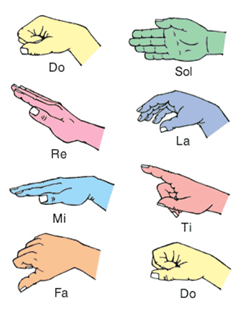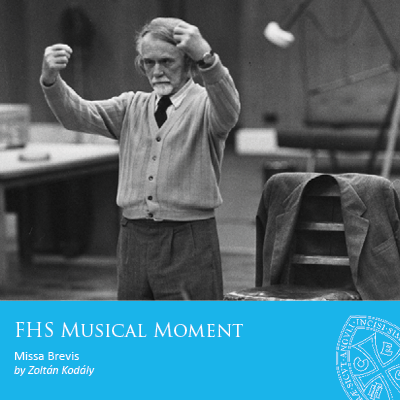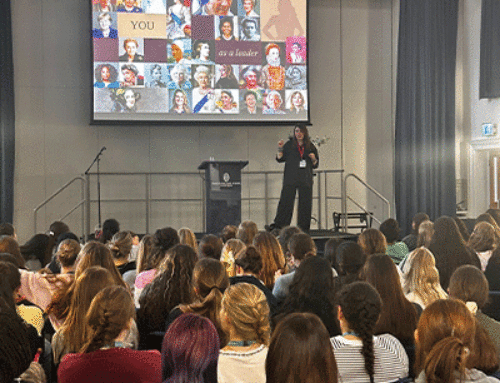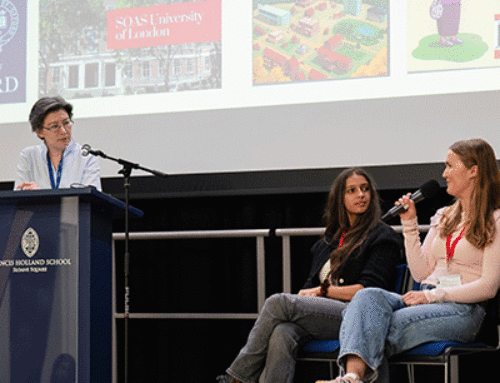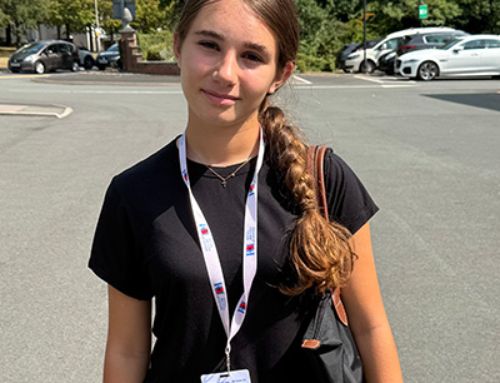Missa Brevis by Zoltán Kodály
Zoltán Kodály (1882 – 1967) was born in Hungary and studied composition at the Royal Academy of Music in Budapest, where he became lifelong friends with Béla Bartók (another infamous Hungarian composer). After university, Kodály and Bartók travelled through Hungary and Romania with phonograph cylinders to collect folk music and folk songs in remote villages. Folk music thus became a great influence for Kodály and his music. Kodály also was very interested in musical pedagogy and developed ‘The Kodály Method’ for teaching music to children.
Hungary joined the Triparte Pact between Germany, Japan and Italy in 1940, but in August 1943, Hungary decided to contact the US and their allies to start negotiations of a secret peace treaty. However, this ‘betrayal’ resulted in Germany occupying Hungary. In 1944, the Red Army began their non-stop bombing on Budapest. The siege on Budapest had over 38,000 casualties but was justified as a strategic win for the Allies and their push towards Berlin. Kodály remained in Hungary despite the dire situation and he and his wife took refuge in a cellar of a Benedictine convent school. There, Kodály started working on his ‘Missa Brevis’, where much of its material came from an Organ Mass that he had written in 1942. The Latin text of the mass holds much poetic significance, and indeed, it is hardly surprising Kodály turned to them in such terrible times.
The ‘Missa Brevis’ was first performed early in 1945 in the cloakroom of the opera house, which was used an improvised concert room, since the main opera house had been damaged by bombs. Kodály gave the mass the subtitle: “in tempore belli” (“in time of war”).
The regular parts of the Mass – Kyrie, Gloria, Credo, Sanctus, Benedictus, and Agnus Dei – are framed by two short movements for solo organ: Introitus and Ite, Missa Est. The work’s distinctive character arises largely from Kodály’s modal harmony and folksong-inspired melodies, coupled with a lyrical romanticism.
‘Missa Brevis’, while less well-known compared to other works often used to commemorate Remembrance Day, is a magnificent and hauntingly beautiful piece of choral music. Kodály’s use of harmony compared to Classical-style masses creates a new tone for the genre and leaves the listener riveted and absorbed in Kodály’s soundworld.
Miss Murata
Composer-in-residence
